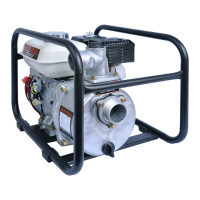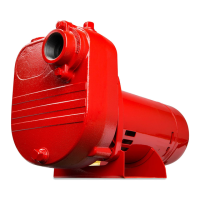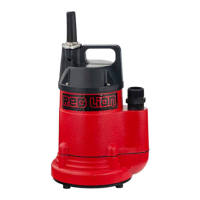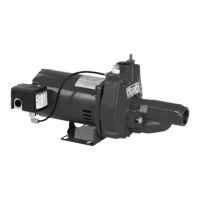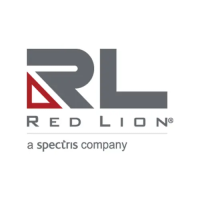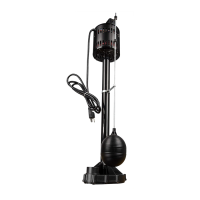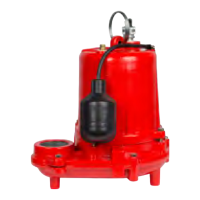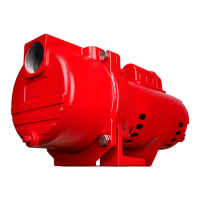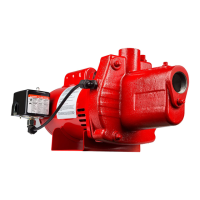BEFORE OPERATING OR INSTALLING
THIS PUMP, READ THIS MANUAL AND
FOLLOW ALL SAFETY WARNINGS AND
OPERATING INSTRUCTIONS.
SAFETY WARNINGS
APPLICATION
Use this pump for water only, where the vertical suction head from
the water level is 25 ft. (8m) or less. Head refers to the height of a
column of water that can be delivered by the discharge of the pump
(Figure 1). Suction head (or suction lift) is the vertical distance between
the center of the pump and the surface of the liquid on the suction
side of the pump. Discharge head is the vertical distance between
the pump's discharge port and the point of discharge. Total head is
the sum of the suction head and the discharge head. The elevation
above sea level and friction losses must be taken into consideration.
CAUTION: Do not operate this pump dry. Water is required to
lubricate pump seal. This pump has been tested and operated under
actual working conditions. Engine, pump, and all accessories were
found satisfactory. If the pump is not performing as specied, check
INSTALLATION and TROUBLESHOOTING sections carefully.
INSTALLATION
a) LOCATION: For permanent installation, put the pump in a clean,
dry, and ventilated place (Figure 1).
Keep the suction line as short as possible. This will allow the
pump to operate at maximum performance and to ensure that
the casing does not overheat due to the absence of water.
b) MOUNTING: Mount the pump on a rigid foundation to eliminate
creeping due to vibration.
c) SUCTION LINE: Use a suction line the same size as the suction
on the pump. If the suction pipe is long, increase it by one size
to improve ow. Slope the suction line upwards to the pump to
avoid air pockets in the line and hard priming.
d) SUCTION PIPE: Use thread compound on all pipe joints. Connec-
tions must be tight, and pipe should be clean and uncorroded.
e) SUCTION HOSE: If the suction line runs generally vertical, use
an elbow on the hose to prevent kinking. Use double clamps on
all hose joints. Connections must be tight, and a suction strainer
is required to lter abrasive material.
NOTE: If you use the pump for dewatering, attach a suction
screen to the suction line.
NOTE: The main cause of pumping problems is a leak in the
suction line. Even a tiny leak reduces priming and
pumping greatly.
WARNING: Carefully read the safety messages in this manual
and on the pump. Keep this manual with the pump at all times.
ATTENTION: RENTAL COMPANIES AND PRIVATE
OWNERS WHO RENT OR LEND THIS WATER PUMP TO
OTHERS!
All persons to whom you rent or lend this pump must have access
to and read this owner's manual. Keep this manual with the pump at
all times and advise all persons who will operate the pump to read it.
You must also provide personal instruction on how to safely operate
the pump, and you must be available to answer any questions that
the renter or borrower might have.
WARNING: When running, the engine on this pump produces
carbon monoxide, an odorless, colorless, poison gas. Breathing
carbon monoxide can cause nausea, fainting, or death.
• Operate this pump ONLY outdoors.
• Keep exhaust gas from entering a confined area through
windows, doors, ventilation intakes, or other openings.
998590 Rev. 002 07/12
ENGINE-DRIVEN ALUMINUM WATER PUMP
MODEL 4RLAG-2H
• Do not operate the pump inside any building, confined area,
or enclosure such as basements, garages, or similar locations,
even if doors and windows are open
• Make sure all connections are tight.
• Never use with flammable fluids.
• Turn off engine before servicing.
• If fuel is spilled, avoid creating any source of ignition until the
fuel vapors have been cleaned up and removed.
• Review instructions before operating.
• Wear ear protection to reduce objectionable noise.
CAUTION: DO NOT OPERATE THIS PUMP DRY!
